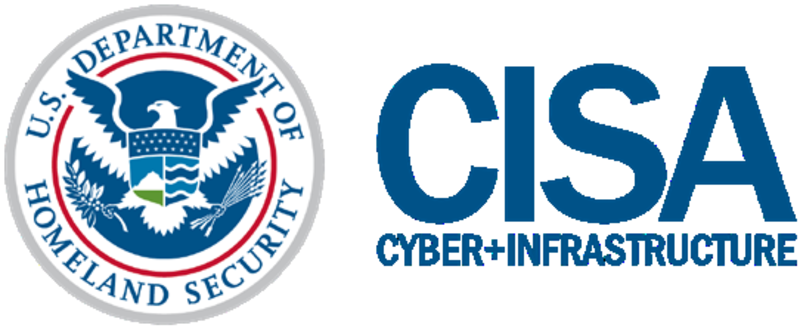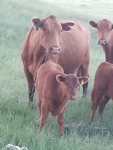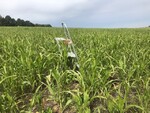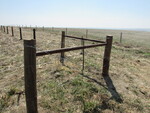Posted date: Mar 23, 2020
by: Admin My Local Life
1051 Views
Cybersecurity and Infrastructure Security Agency (CISA)
As the Nation comes together to slow the spread of COVID-19, on March 16th, the President issued updated Coronavirus Guidance for America. This guidance states that:
“If you work in a critical infrastructure industry, as defined by the Department of
Homeland Security, such as healthcare services and pharmaceutical and food supply, you

The Cybersecurity and Infrastructure Security Agency (CISA) executes the Secretary of Homeland Security’s responsibilities as assigned under the Homeland Security Act of 2002 to provide strategic guidance, promote a national unity of effort, and coordinate the overall federal effort to ensure the security and resilience of the Nation's critical infrastructure. CISA uses trusted partnerships with both the public and private sectors to deliver infrastructure resilience assistance and guidance to a broad range of partners.
In accordance with this mandate, and in collaboration with other federal agencies and the private sector, CISA developed an initial list of “Essential Critical Infrastructure Workers” to help State and local officials as they work to protect their communities, while ensuring continuity of functions critical to public health and safety, as well as economic and national security. The list can also inform critical infrastructure community decision-making to determine the sectors, sub-sectors, segments, or critical functions that should continue normal operations, appropriately modified to account for Centers for Disease Control (CDC) workforce and customer protection guidance.
The attached list identifies workers who conduct a range of operations and services that are essential to continued critical infrastructure viability, including staffing operations centers, maintaining and repairing critical infrastructure, operating call centers, working construction, and performing management functions, among others. The industries they support represent, but are not necessarily limited to, medical and healthcare, telecommunications, information technology systems, defense, food and agriculture, transportation and logistics, energy, water and wastewater, law enforcement, and public works.
We recognize that State, local, tribal, and territorial governments are ultimately in charge of implementing and executing response activities in communities under their jurisdiction, while the Federal Government is in a supporting role. As State and local communities consider COVID-19-related restrictions, CISA is offering this list to assist prioritizing activities related to continuity of operations and incident response, including the appropriate movement of critical infrastructure workers within and between jurisdictions.
Accordingly, this list is advisory in nature. It is not, nor should it be considered to be, a federal directive or standard in and of itself.
In addition, these identified sectors and workers are not intended to be the authoritative or exhaustive list of critical infrastructure sectors and functions that should continue during the COVID-19 response. Instead, State and local officials should use their own judgment in using their authorities and issuing implementation directives and guidance. Similarly, critical infrastructure industry partners will use their own judgment, informed by this list, to ensure continued operations of critical infrastructure services and functions. All decisions should appropriately balance public safety while ensuring the continued delivery of critical infrastructure services and functions.
CISA will continue to work with you and our partners in the critical infrastructure community to update this list as the Nation’s response to COVID-19 evolves. We also encourage you to submit how you might use this list so that we can develop a repository of use cases for broad sharing across the country.
Should you have questions about this list, please contact CISA at CISA.CAT@cisa.dhs.gov.
Attachment: “Guidance on the Essential Critical Infrastructure Workforce: Ensuring Community and National Resilience in COVID-19 Response”
** PDF's available with this article **








